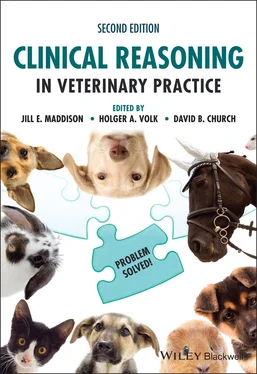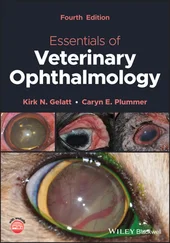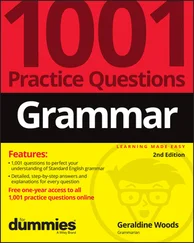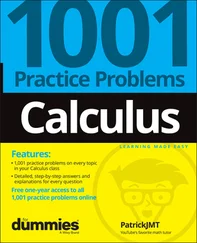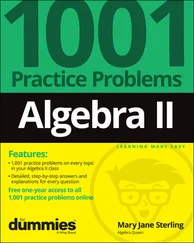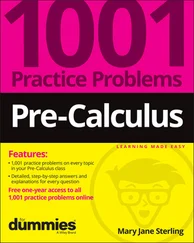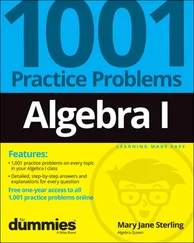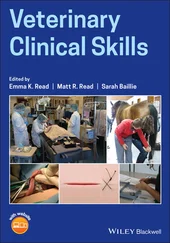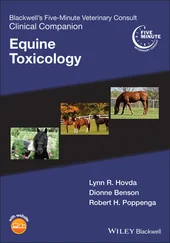Clinical Reasoning in Veterinary Practice
Здесь есть возможность читать онлайн «Clinical Reasoning in Veterinary Practice» — ознакомительный отрывок электронной книги совершенно бесплатно, а после прочтения отрывка купить полную версию. В некоторых случаях можно слушать аудио, скачать через торрент в формате fb2 и присутствует краткое содержание. Жанр: unrecognised, на английском языке. Описание произведения, (предисловие) а так же отзывы посетителей доступны на портале библиотеки ЛибКат.
- Название:Clinical Reasoning in Veterinary Practice
- Автор:
- Жанр:
- Год:неизвестен
- ISBN:нет данных
- Рейтинг книги:3 / 5. Голосов: 1
-
Избранное:Добавить в избранное
- Отзывы:
-
Ваша оценка:
- 60
- 1
- 2
- 3
- 4
- 5
Clinical Reasoning in Veterinary Practice: краткое содержание, описание и аннотация
Предлагаем к чтению аннотацию, описание, краткое содержание или предисловие (зависит от того, что написал сам автор книги «Clinical Reasoning in Veterinary Practice»). Если вы не нашли необходимую информацию о книге — напишите в комментариях, мы постараемся отыскать её.
Clinical Reasoning in Veterinary Practice: Problem Solved! 2nd Edition
Clinical Reasoning in Veterinary Practice: Problem Solved! 2nd Edition
Clinical Reasoning in Veterinary Practice — читать онлайн ознакомительный отрывок
Ниже представлен текст книги, разбитый по страницам. Система сохранения места последней прочитанной страницы, позволяет с удобством читать онлайн бесплатно книгу «Clinical Reasoning in Veterinary Practice», без необходимости каждый раз заново искать на чём Вы остановились. Поставьте закладку, и сможете в любой момент перейти на страницу, на которой закончили чтение.
Интервал:
Закладка:
References
1 Ebbinghaus, H. 1885. Memory: A Contribution to Experimental Psychology (translated: Ruger, H. A., and Clara E. Bussenius, 1913). http://nwkpsych.rutgers.edu/~jose/courses/578_mem:learn/2012/readings/Ebbinghaus_1885.pdf.
2 Flanagan, K. 1996. Maximum Points, Minimum Panic: The Essential Guide to Surviving Exams. Dublin: Marino Books.
CHAPTER 2 Introduction to logical clinical problem‐solving
Jill E. Maddison 1and Holger A. Volk 2
1 Department of Clinical Science and Services, The Royal Veterinary College, London, UK
2 Department of Small Animal Medicine and Surgery, University of Veterinary Medicine Hannover, Hannover, Germany
The why
The aim of this book is to assist you to develop a structured and pathophysiologically sound approach to the diagnosis of common clinical problems in small animal practice.
The development of a sound basis for clinical problem‐solving provides you, a current or future veterinarian, with the foundation and scaffolding to allow you to potentially reach a diagnosis regardless of whether you have seen the disorder before.
Furthermore, the method presented in this book will help you avoid being stuck trying to remember long differential lists and hence free your thinking skills to solve complex medical cases.
The aim of the book is not to bombard you with details of different diseases – there are many excellent textbooks and other resources that can fulfil this need. What we want to provide you with is a framework by which you can solve clinical problems and place your veterinary knowledge into an appropriate problem‐solving context.
Introduction to clinical reasoning
We all remember our first driving lessons, which may have been quite challenging – for us and/or our instructors! We had to think actively about many factors to ensure we drove safely. The more experienced we became at driving, the more non‐driving‐associated tasks, such as talking to our passengers, listening to the radio and changing the radio channels, we were able to do while driving. If we had attempted any of these tasks at the beginning of our driver training, we might have had an accident. As we become more experienced at a task, we need to think less about it, as we move to what is known as unconscious competence ( Figure 2.1).
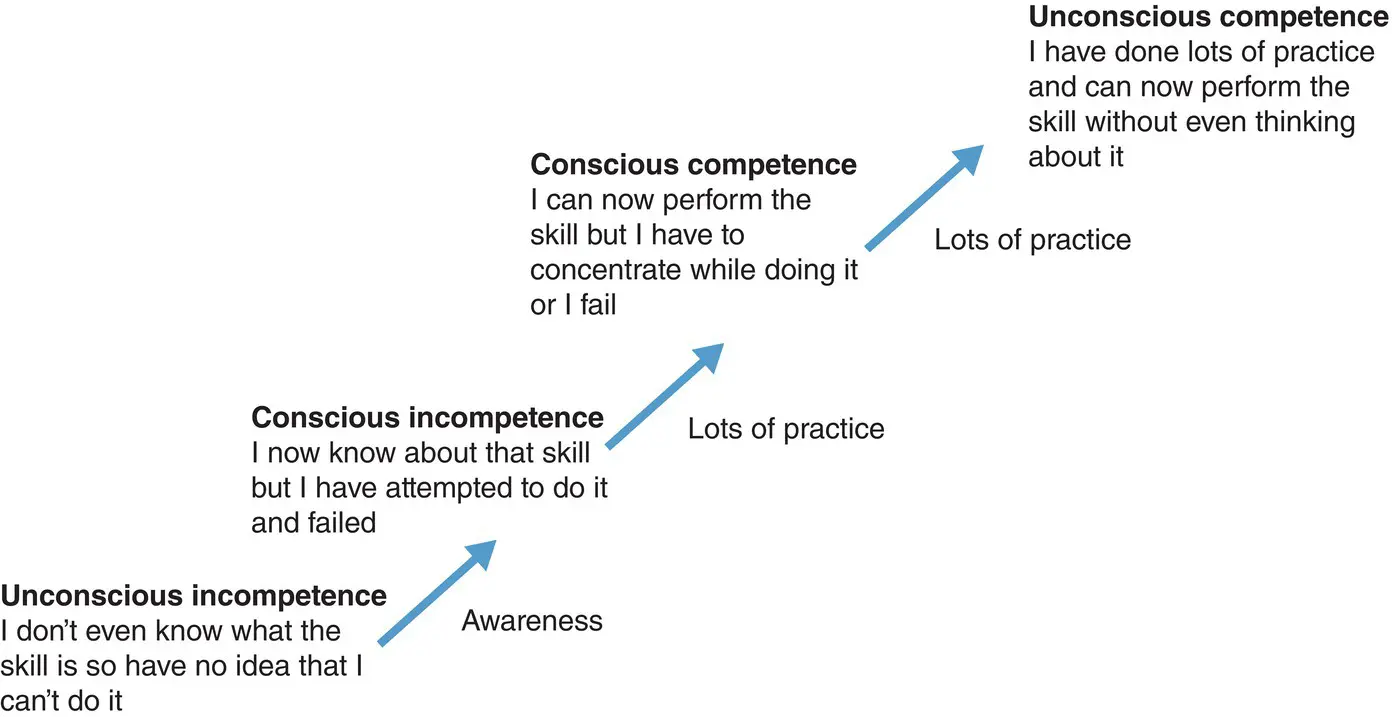
Figure 2.1 Skill acquisition pathway. (This pathway can apply to the acquisition of any skill.)
We see a similar process in clinical education. During the progression from veterinary student to experienced clinician, knowledge and skills are initially learnt in a conscious and structured way. Veterinary undergraduate education in most universities is therefore based on systems teaching, discipline teaching, species teaching or a mixture of all three. These are excellent approaches to help develop a sound knowledge base and understanding of disease processes and treatments.
However, when an animal or group of animals becomes unwell, the clinical signs they exhibit can be caused by a number of disorders of a range of different body systems – the list may seem endless. They do not present to the veterinarian with labels on their heads stating the disease they have (more’s the pity!). Therefore, for veterinarians to fully access their knowledge bank about disorders and their treatment, they need to have a robust method of clinical reasoning they can rely on. This method allows them to consolidate and relate their knowledge to the clinical case and progress to a rational assessment of the likely differential diagnoses. This makes it easier to determine appropriate diagnostic and/or management options for the patient. Because you have a clear path, communication with the client becomes easier.
The next part of the journey to becoming an experienced clinician is that clinical judgement and decision‐making processes become unconscious or intuitive. The rapid, unconscious process of clinical decision‐making by experienced clinicians is referred to in medical literature as intuition or the ‘art’ of medicine. The conscious thinking process is often referred to as ‘science’ (evidence based) or analytic. Intuition is context‐sensitive, influenced by the level of the clinician’s experience, context‐dependent and has no obvious cause‐and‐effect logic. Why is this important? We have all thought ‘I just know that the animal has …’ The unconscious mind will pretend to the conscious mind that the clinical decision was based on logical assumptions or causal relationships. This is not a problem as long the intuition or ‘pattern recognition’ has resulted in a correct diagnosis. However, when it does not, we need to understand why it failed and have a system in place to rationally progress our clinical decision‐making.
This book will provide you with the tools and thinking framework needed to unravel any clinical riddle, unleashing the potential of your unconscious mind rather than blocking your working memory as you try to recall all of the facts you may have once known.
Why are some cases frustrating instead of fun?
Reflect on a medical case that you have recently dealt with that frustrated you or seemed difficult to diagnose and manage. Can you identify why the case was difficult?
There can be a multitude of reasons why complex medical cases are frustrating instead of fun.
Was it due to the client (e.g. having unreal expectations that you could fix the problem at no cost to themselves? Unwilling or unable to pay for the diagnostic tests needed to reach a diagnosis? Unable to give a coherent history?)
Was the case complex and didn’t seem to fit any recognisable pattern?
Were you unable to recall all of the facts about a disease, and this biased your thinking?
Did the signalment, especially breed and age, cloud your clinical reasoning, resulting in an incorrect differential list?
Did the case seem to fit a pattern, but subsequent testing proved your initial diagnosis wrong?
Did you seem to spend a lot of the client’s money on tests that weren’t particularly illuminating?
Can you add any other factors that have contributed to frustrations and difficulties you may have experienced with medical cases?
Apart from the client issues (and as discussed later, we may be able to help a little bit here as well), we hope that by the end of this book, we will have gone some way towards removing the common barriers to correct, quick and efficient diagnosis of medical cases and have made unravelling medical riddles fun rather than frustrating.
Solving clinical cases
When a patient presents with one or more clinical problems, there are various methods we can use to solve the case and formulate a list of differential diagnoses. One method involves pattern recognition – looking at the pattern of clinical signs and trying to match that pattern to known diagnoses. This is also referred to as developing an illness script. Another method can involve relying on blood tests to tell us what is wrong with the patient – also referred to as the minimum database. Or we can use problem‐based clinical reasoning. Often, we may use all three methods.
Let’s consider three cases. Each of these will trigger thoughts and ideas about possible diagnoses depending on your knowledge and experience.
Case 1: ‘Sundance’
Sundance is a 17‐year‐old female (neutered) domestic short‐haired cat with a 1‐month history of increased appetite (polyphagia) and increased drinking (polydipsia). Obvious weight loss had been noted by owner over this period of time. Sundance has seemed more agitated and demanding of food and attention.
Читать дальшеИнтервал:
Закладка:
Похожие книги на «Clinical Reasoning in Veterinary Practice»
Представляем Вашему вниманию похожие книги на «Clinical Reasoning in Veterinary Practice» списком для выбора. Мы отобрали схожую по названию и смыслу литературу в надежде предоставить читателям больше вариантов отыскать новые, интересные, ещё непрочитанные произведения.
Обсуждение, отзывы о книге «Clinical Reasoning in Veterinary Practice» и просто собственные мнения читателей. Оставьте ваши комментарии, напишите, что Вы думаете о произведении, его смысле или главных героях. Укажите что конкретно понравилось, а что нет, и почему Вы так считаете.
